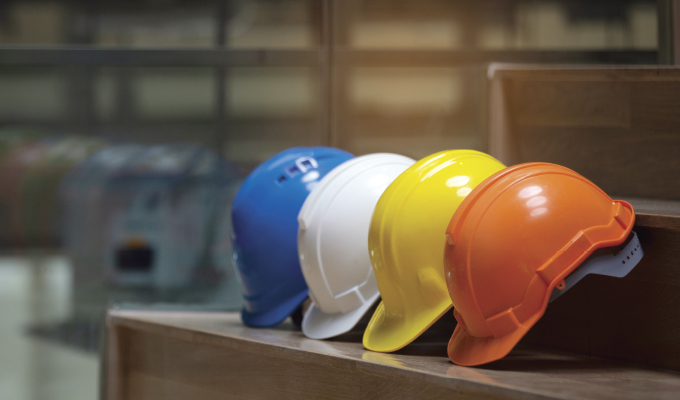
Duane Duhamel is the corporate health, safety and environmental (HSE) director at ISN, leading and overseeing the HSE RAVS® and Corporate HSE personnel. He has more than 22 years of Health, Safety, Environmental, Quality (HSEQ), Sustainability, and Contractor Management experience in the utility, chemical, manufacturing, aerospace, and energy industries. His roles provide expertise in the United States, Canada, and International HSE regulations. Duane holds a Master’s in Business Administration, Master’s Degree in Occupational Health and Safety, and is a Registered Safety Professional. Duane is a long-standing member of the American Society of Safety Professionals (ASSP) and National Safety Council (NSC). He also is an active member in the NSC’s Campbell Institute and the Interstate Natural Gas Association of America (INGAA) Leading Indicators Workgroup.
Below is a Q&A as Duane shares his insight into 2023 for the safety space in the commercial construction segment.
MCS: What are your predictions for the safety space for commercial construction in 2023?
DUHAMEL: In 2023, I foresee expansion of the traditional scope of health, safety, and environment (HSE) in the commercial construction industry. I anticipate the majority of organizations moving beyond traditional policies such as elevated work and control of hazardous energy, to include concepts such as diversity, equity, inclusion and belonging, human organizational performance, and psychological safety under the HSE umbrella.
I also expect to see further transitions of organizations towards measuring leading indicators, and away from total recordable incident rate (TRIR) and similar lagging metrics. In 2023, event tracking will need to focus on potential outcomes, employee perceptions of safety and elevated risk, in addition to tracking OSHA case classification details. With fatality rates across industries remaining flat for several years, there is much room for improvement related to the identification, prevention, and predictability of serious injuries and fatalities (SIF’s) and those events with SIF potential. Every organization today should be on the journey to a zero harm culture, and businesses must seek opportunities to enhance their safety precautions and reduce SIF exposures.
MCS: How has the prevalence of hybrid work influenced safety in the industry?
DUHAMEL: Over the past few years, many workplaces have had to adapt to hybrid work models. Moving forward, this change in the work environment will act as the catalyst for increased reliance on artificial intelligence and immersive technologies. Traditional practices of classroom-style training will also incorporate new methods, such as virtual reality (VR) and augmented reality training. Along with training opportunities, some companies are using VR to track at-risk behaviors and other safety concerns, such as innovating ways to perform hazardous jobs and tasks that tend to have higher incident rates and SIF potential.
MCS: How will organizations prioritize individual worker safety amidst labor shortages?
DUHAMEL: When the supply of construction workers fails to meet the high demand, it is more likely that the hiring process will be expedited and organizations may attempt to onboard new hires into their roles as quickly as possible. Despite the pressure to fill this labor gap, organizations need to prioritize the health and safety of their new employees with in-depth, rigorous safety training and ensure that they can prove worker comprehension of those training requirements. Placing a focus on individual level training and ensuring employee competency is essential. Every task required of workers onsite should be able to be tied back to a specific training they received or a policy their company has implemented.
Labor shortages can also impact contractors, who may be feeling overworked. When workers feel comfortable to stop work and report near misses, this can significantly reduce the amount of injuries occurring onsite. Organizations should actively seek feedback on their safety cultures through employee and contractor perception surveys and make subsequent changes based on the takeaways in order to prioritize the safety of individuals at the worksite.
MCS: What do employers risk if they don’t strive to improve incident rates?
DUHAMEL: Improving employee health and safety performance is critical to maintaining a safe environment for all individuals who enter a company’s facilities or worksites. By failing to improve safety and health performance rates, employers also risk significant financial, legal and reputational consequences, in addition to the loss of workers and reduced productivity.
CLOSING THOUGHT
Conversations and commitment around safety and risk management must make their way from higher-level stakeholders down to front-line contractors to improve overall business outcomes and reduce workplace injuries and illnesses. Taking this step often requires large investments from the C-suite and board members, but ensuring safety is a company core value will help improve profitability, efficiency, and worker attraction and retention.
For More Information:
For more, visit www.isnetworld.com.
Modern Contractor Solutions, February 2023
Did you enjoy this article?
Subscribe to the FREE Digital Edition of Modern Contractor Solutions magazine.



